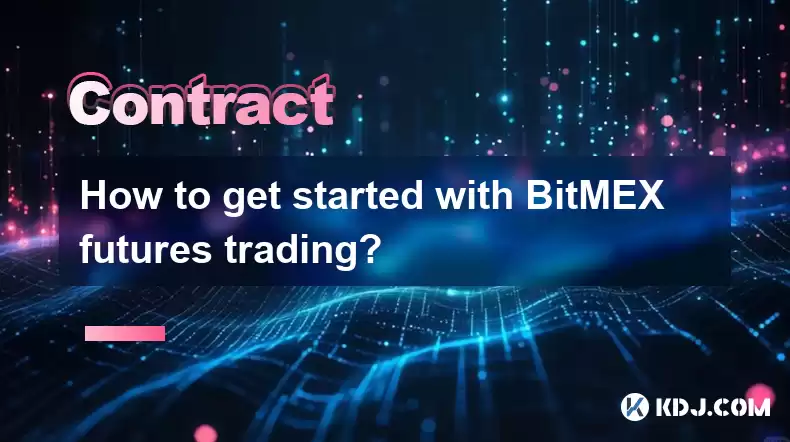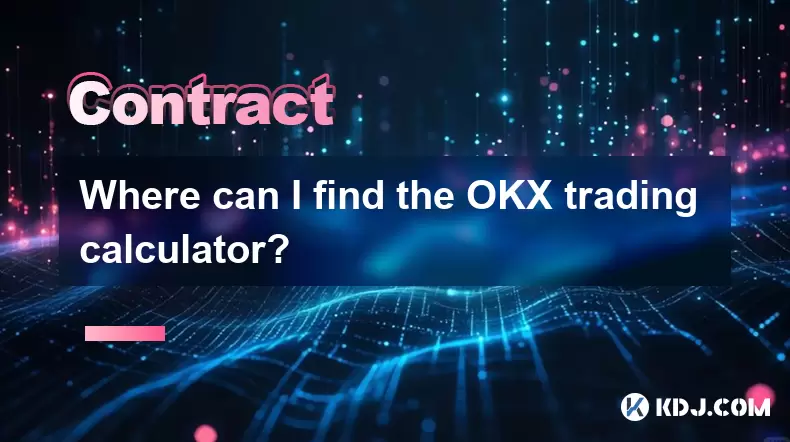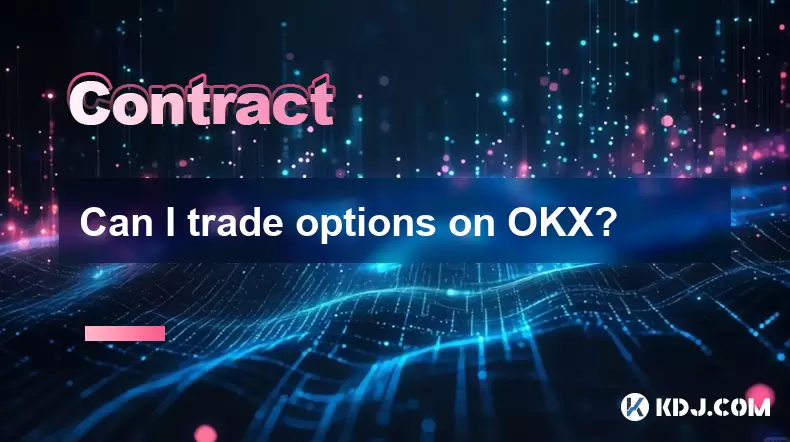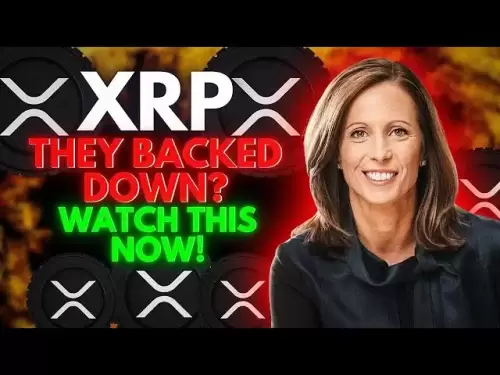-
 Bitcoin
Bitcoin $117500
2.15% -
 Ethereum
Ethereum $3911
6.19% -
 XRP
XRP $3.316
10.79% -
 Tether USDt
Tether USDt $1.000
0.01% -
 BNB
BNB $787.2
2.24% -
 Solana
Solana $175.2
4.15% -
 USDC
USDC $0.9999
0.00% -
 Dogecoin
Dogecoin $0.2225
8.40% -
 TRON
TRON $0.3383
0.28% -
 Cardano
Cardano $0.7868
6.02% -
 Stellar
Stellar $0.4382
9.34% -
 Hyperliquid
Hyperliquid $40.92
7.56% -
 Sui
Sui $3.764
7.63% -
 Chainlink
Chainlink $18.48
10.66% -
 Bitcoin Cash
Bitcoin Cash $582.1
1.88% -
 Hedera
Hedera $0.2601
6.30% -
 Avalanche
Avalanche $23.33
4.94% -
 Ethena USDe
Ethena USDe $1.001
0.02% -
 Litecoin
Litecoin $122.3
2.04% -
 UNUS SED LEO
UNUS SED LEO $8.969
-0.27% -
 Toncoin
Toncoin $3.339
0.86% -
 Shiba Inu
Shiba Inu $0.00001287
4.30% -
 Uniswap
Uniswap $10.43
7.38% -
 Polkadot
Polkadot $3.861
5.08% -
 Dai
Dai $1.000
0.02% -
 Bitget Token
Bitget Token $4.513
3.41% -
 Monero
Monero $267.7
-6.18% -
 Cronos
Cronos $0.1499
4.14% -
 Pepe
Pepe $0.00001110
5.15% -
 Aave
Aave $284.9
8.28%
How to get started with BitMEX futures trading?
BitMEX offers up to 100x leverage on futures contracts; start small, use stop-loss orders, and stay informed to trade successfully.
Apr 05, 2025 at 08:42 am

BitMEX, short for Bitcoin Mercantile Exchange, is a popular platform for trading cryptocurrency futures. If you're interested in getting started with BitMEX futures trading, this guide will walk you through the process step-by-step. From setting up your account to understanding the basics of futures trading, we'll cover everything you need to know to begin your trading journey on BitMEX.
Understanding BitMEX and Futures Trading
Before diving into the specifics of trading on BitMEX, it's essential to understand what BitMEX is and the concept of futures trading. BitMEX is a peer-to-peer trading platform that offers leveraged contracts on various cryptocurrencies. Futures trading, on the other hand, involves buying or selling contracts that obligate the trader to purchase or sell an asset at a predetermined future date and price.
Setting Up Your BitMEX Account
To start trading on BitMEX, you'll first need to create an account. Here's how you can do it:
- Visit the BitMEX website and click on the "Register" button.
- Fill out the registration form with your email address and a strong password.
- Verify your email address by clicking on the confirmation link sent to your inbox.
- Complete the two-factor authentication (2FA) setup for added security.
Once your account is set up, you'll need to deposit funds to start trading. BitMEX only accepts Bitcoin (BTC) as a deposit method, so ensure you have some BTC ready to transfer.
Depositing Funds into Your BitMEX Account
To deposit funds into your BitMEX account, follow these steps:
- Log into your BitMEX account and navigate to the "Account" section.
- Click on the "Deposit" button and you'll be provided with a unique Bitcoin address.
- Send your Bitcoin to this address from your personal wallet.
- Wait for the transaction to be confirmed on the blockchain, which may take a few minutes to an hour depending on network congestion.
Once your deposit is confirmed, the funds will be available in your BitMEX account, and you can start trading.
Understanding BitMEX Futures Contracts
BitMEX offers various types of futures contracts, each with its own specifications. The most popular contract on BitMEX is the XBTUSD Perpetual Swap, which allows traders to speculate on the price of Bitcoin against the US Dollar. Here are some key features of BitMEX futures contracts:
- Leverage: BitMEX offers up to 100x leverage on certain contracts, allowing traders to amplify their potential profits (and losses).
- Funding Rates: Perpetual swaps have a funding rate mechanism that ensures the contract price stays close to the underlying asset's spot price.
- Settlement: BitMEX futures contracts are settled in Bitcoin, meaning all profits and losses are denominated in BTC.
Understanding these features is crucial before you start trading on BitMEX.
Placing Your First Trade on BitMEX
Once you have funds in your account and understand the basics of BitMEX futures contracts, you can place your first trade. Here's how:
- Navigate to the "Trade" section on the BitMEX platform.
- Select the contract you want to trade, such as the XBTUSD Perpetual Swap.
- Choose whether you want to go long (buy) or short (sell) the contract.
- Enter the amount you want to trade and the leverage you want to use.
- Review your order details and click "Place Order" to execute the trade.
Remember that trading with leverage can lead to significant losses, so always trade responsibly and within your risk tolerance.
Managing Your BitMEX Trades
After placing your trade, it's important to manage it effectively. Here are some tips for managing your BitMEX trades:
- Set Stop-Loss Orders: Use stop-loss orders to limit your potential losses if the market moves against your position.
- Monitor Your Positions: Keep an eye on your open positions and the market conditions to make informed decisions.
- Adjust Your Leverage: If the market becomes volatile, consider reducing your leverage to minimize risk.
- Take Profits: Don't be greedy; consider taking profits when the market moves in your favor.
Effective trade management can help you maximize your profits and minimize your losses on BitMEX.
Understanding BitMEX Fees and Funding Rates
BitMEX charges various fees for trading on its platform. Here's a breakdown of the main fees you should be aware of:
- Trading Fees: BitMEX charges a maker fee of -0.025% and a taker fee of 0.075% for most contracts.
- Funding Rates: For perpetual swaps, BitMEX charges a funding rate every 8 hours to ensure the contract price stays close to the spot price.
- Withdrawal Fees: BitMEX charges a small fee for withdrawing Bitcoin from your account.
Understanding these fees is important for calculating your potential profits and losses on BitMEX.
Withdrawing Funds from BitMEX
When you're ready to withdraw your funds from BitMEX, follow these steps:
- Navigate to the "Account" section and click on the "Withdraw" button.
- Enter the amount of Bitcoin you want to withdraw and the destination address.
- Review the withdrawal details and click "Withdraw" to initiate the transaction.
- Wait for the withdrawal to be processed, which may take a few minutes to an hour.
Always double-check the withdrawal address to ensure your funds are sent to the correct destination.
Tips for Successful BitMEX Futures Trading
To increase your chances of success when trading BitMEX futures, consider the following tips:
- Start Small: Begin with small trade sizes and gradually increase your position as you gain experience.
- Educate Yourself: Continuously learn about the cryptocurrency market and trading strategies to improve your skills.
- Use Risk Management: Always use stop-loss orders and never risk more than you can afford to lose.
- Stay Informed: Keep up with the latest news and developments in the cryptocurrency space to make informed trading decisions.
By following these tips, you can enhance your trading performance on BitMEX.
Common Questions About BitMEX Futures Trading
Q: What is BitMEX?
A: BitMEX is a peer-to-peer trading platform that offers leveraged contracts on various cryptocurrencies, allowing traders to speculate on price movements.
Q: What are futures contracts?
A: Futures contracts are financial derivatives that obligate the trader to buy or sell an asset at a predetermined future date and price.
Q: How much leverage does BitMEX offer?
A: BitMEX offers up to 100x leverage on certain contracts, allowing traders to amplify their potential profits and losses.
Q: What is the funding rate on BitMEX?
A: The funding rate is a mechanism used in perpetual swaps to ensure the contract price stays close to the underlying asset's spot price. It is charged every 8 hours.
Q: How do I deposit funds into my BitMEX account?
A: To deposit funds, log into your BitMEX account, navigate to the "Account" section, click on "Deposit," and send Bitcoin to the provided address.
Q: Can I withdraw my funds from BitMEX?
A: Yes, you can withdraw your funds by navigating to the "Account" section, clicking on "Withdraw," entering the amount and destination address, and confirming the transaction.
Q: What are the fees for trading on BitMEX?
A: BitMEX charges a maker fee of -0.025% and a taker fee of 0.075% for most contracts, along with funding rates for perpetual swaps and a small withdrawal fee.
Q: How can I manage my trades effectively on BitMEX?
A: To manage your trades effectively, use stop-loss orders, monitor your positions, adjust your leverage, and take profits when appropriate.
Q: What tips can help me succeed in BitMEX futures trading?
A: Start small, educate yourself, use risk management, and stay informed about the cryptocurrency market to increase your chances of success.
Q: Is BitMEX safe to use?
A: BitMEX has robust security measures in place, including two-factor authentication and cold storage for funds. However, always trade responsibly and be aware of the risks involved in futures trading.
Disclaimer:info@kdj.com
The information provided is not trading advice. kdj.com does not assume any responsibility for any investments made based on the information provided in this article. Cryptocurrencies are highly volatile and it is highly recommended that you invest with caution after thorough research!
If you believe that the content used on this website infringes your copyright, please contact us immediately (info@kdj.com) and we will delete it promptly.
- Bitcoin, Meme ICOs, and FOMO: Catching the Next Crypto Wave
- 2025-08-08 18:30:34
- OM, Investment, and Growth: Decoding the Latest Trends in Digital Assets
- 2025-08-08 18:30:34
- SNEK, Cardano, and the Contributor's Conundrum: A Meme Coin's Fight for Recognition
- 2025-08-08 16:30:12
- Toshi Crypto's Wild Ride: Rally, Demand Slump, and What's Next
- 2025-08-08 16:30:12
- Ethereum, Staking Yields, and DeFi Exposure: A New Era for Investors?
- 2025-08-08 15:10:12
- Unilabs Pumps MIA, Binance Coin Bouncing Back, and Ethereum's Bearish Blues
- 2025-08-08 15:10:12
Related knowledge

What is the distinction between mark price and last price on KuCoin?
Aug 08,2025 at 01:58pm
Understanding the Basics of Price in Cryptocurrency TradingIn cryptocurrency exchanges like KuCoin, two key price indicators frequently appear on trad...

What are the specific maker and taker fees on KuCoin Futures?
Aug 08,2025 at 08:28am
Understanding Maker and Taker Fees on KuCoin FuturesWhen trading on KuCoin Futures, users encounter two primary types of fees: maker fees and taker fe...

What is the maximum leverage available on KuCoin Futures?
Aug 08,2025 at 10:21am
Understanding Leverage in KuCoin Futures TradingLeverage in KuCoin Futures allows traders to control a larger position size using a smaller amount of ...

What is the minimum deposit for OKX contracts?
Aug 08,2025 at 07:00am
Understanding OKX Contract Trading BasicsOKX is one of the leading cryptocurrency derivatives exchanges, offering a wide range of perpetual and future...

Where can I find the OKX trading calculator?
Aug 08,2025 at 07:49am
Understanding the OKX Trading Calculator FunctionalityThe OKX trading calculator is a powerful analytical tool designed to assist traders in estimatin...

Can I trade options on OKX?
Aug 08,2025 at 11:01am
Understanding Options Trading on OKXYes, you can trade options on OKX. OKX is one of the leading cryptocurrency derivatives exchanges that offers a de...

What is the distinction between mark price and last price on KuCoin?
Aug 08,2025 at 01:58pm
Understanding the Basics of Price in Cryptocurrency TradingIn cryptocurrency exchanges like KuCoin, two key price indicators frequently appear on trad...

What are the specific maker and taker fees on KuCoin Futures?
Aug 08,2025 at 08:28am
Understanding Maker and Taker Fees on KuCoin FuturesWhen trading on KuCoin Futures, users encounter two primary types of fees: maker fees and taker fe...

What is the maximum leverage available on KuCoin Futures?
Aug 08,2025 at 10:21am
Understanding Leverage in KuCoin Futures TradingLeverage in KuCoin Futures allows traders to control a larger position size using a smaller amount of ...

What is the minimum deposit for OKX contracts?
Aug 08,2025 at 07:00am
Understanding OKX Contract Trading BasicsOKX is one of the leading cryptocurrency derivatives exchanges, offering a wide range of perpetual and future...

Where can I find the OKX trading calculator?
Aug 08,2025 at 07:49am
Understanding the OKX Trading Calculator FunctionalityThe OKX trading calculator is a powerful analytical tool designed to assist traders in estimatin...

Can I trade options on OKX?
Aug 08,2025 at 11:01am
Understanding Options Trading on OKXYes, you can trade options on OKX. OKX is one of the leading cryptocurrency derivatives exchanges that offers a de...
See all articles

























































































